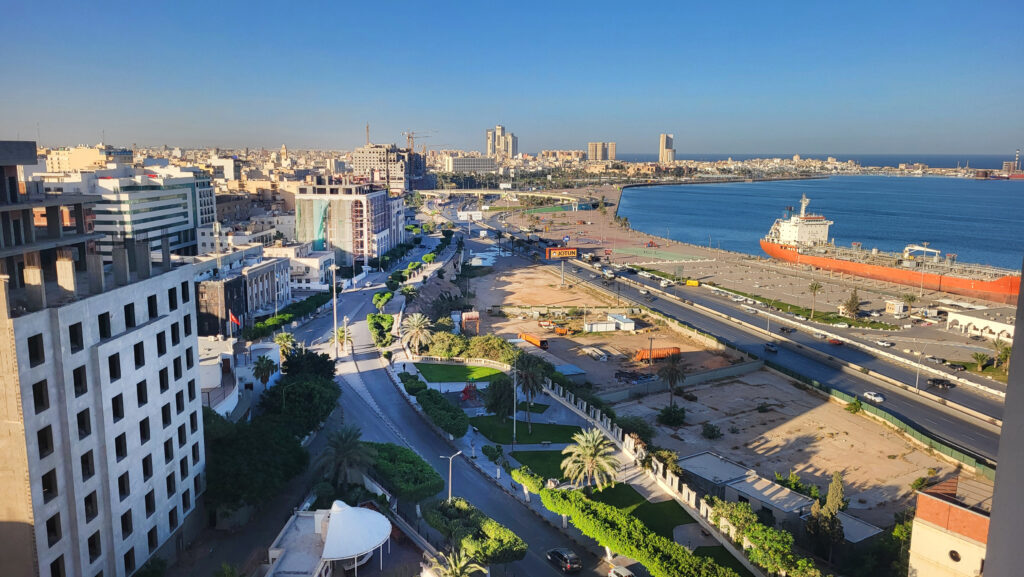Libya is a tourism giant waiting to be discovered
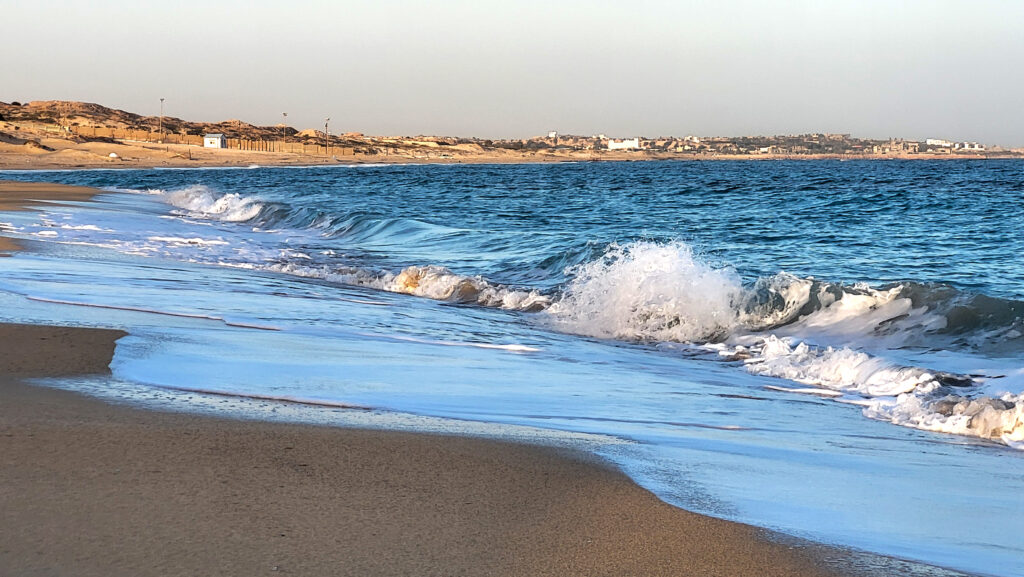 Courtesy of the Government of National Unity of Libya, we visited the country in November, only scratching the surface of what this vast land offers regarding tourism—a glimpse of Tripolitania. Yet even that was enough to reveal the potential of this sleeping tourism giant and to imagine just how impressive it will look once it awakens.
Courtesy of the Government of National Unity of Libya, we visited the country in November, only scratching the surface of what this vast land offers regarding tourism—a glimpse of Tripolitania. Yet even that was enough to reveal the potential of this sleeping tourism giant and to imagine just how impressive it will look once it awakens.
The Red Castle
Naturally, we start with the capital, Tripoli, which boasts a strikingly Mediterranean appearance—a perfect blend of Southern Europe and Saharan Africa. The similarities are noticeable: Serbians and Libyans have experienced remarkably similar cultural influences over the centuries. Libya emerged from Ottoman rule in 1911, while parts of Serbia, Montenegro, Bulgaria, Northern Macedonia, Thessaloniki, and much of Greece gained independence in 1912. Does this mean we lived in the same state for 400 years? Yes, which explains the intertwining of Christian and Islamic civilisations—here, too, you’ll find burek and meatballs. Add to that the influence of nearby Italy (a former colonial power), the cooperation during the Non-Aligned Movement, and socialism, and you’ll begin to understand just how incredibly similar Libya and Serbia are at their core.
Tripoli’s most significant and beautiful part is the Medina, home to gems such as the Red Castle (Saraya al-Hamra) and the Arch of Marcus Aurelius. Adjacent to it lies the impressive Martyrs’ Square, surrounded by buildings mainly from the Italian period. It bustles with football fans waving flags, young people, and carriages with ornamented horses.
Many think the name Tripolitania originates from Tripoli, but it’s likely the other way around. Three Phoenician cities were initially established in Libya—Leptis Magna, Sabratha, and Ea (just two letters, known as Oiat in Punic and later Oea in Latin). Collectively, they were referred to as Tripolis (the Three Cities), and the surrounding region became known as Tripolitania (the Land of the Three Cities). Later, the name Tripoli or Tripolis became associated exclusively with the city of Ea.
In the maze of Medina’s streets, you feel the magic of the East and the Mediterranean intertwining—restaurants, small shops, souvenir stands, artisan workshops, museums, galleries, mosques, and churches
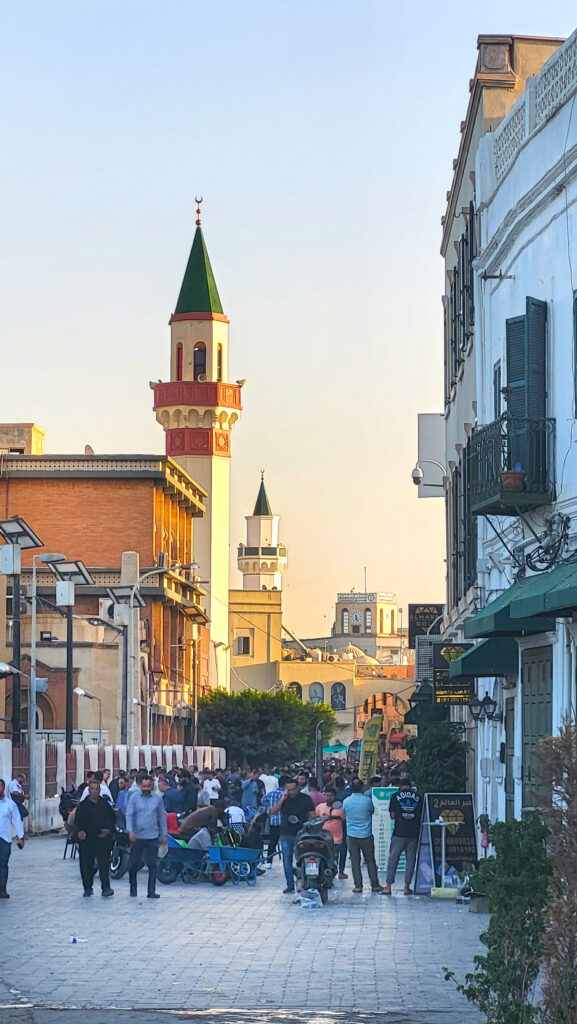
The Central Attraction – The Red Castle
The central attraction of Tripoli is the Red Castle (Saraya al-Hamra), which closely resembles Andalusia. This is no coincidence, as Libyans and Andalusians shared a long history under common caliphates (and occasionally within Iberian kingdoms). During Spain’s Reconquista, Spanish forces advanced deep into North Africa, aiming to Christianise its inhabitants. While they failed in this endeavour, their influence left lasting traces.
In 1510, Tripoli became part of the Kingdom of Aragon, only to be taken over by the Ottomans in 1551. Later, in 1911, the Italians assumed control. The castle housed the Italian governor until 1919, after which it was turned into a museum. 1938, following renovations, a statue of Benito Mussolini on horseback was placed in front of the fortress but was removed in 1942. The Red Castle underwent further renovations between 1982 and 1988.
One of its most remarkable features is the Bastion of Saint George, built in the 16th century. Embedded in its structure is a flagpole from an American sailing ship dating back over 200 years, carrying a fascinating story.
Libya’s Mediterranean coastline, with over 2,000 km of diverse beaches, offers an unmatched combination of turquoise waters and golden sands waiting to be explored
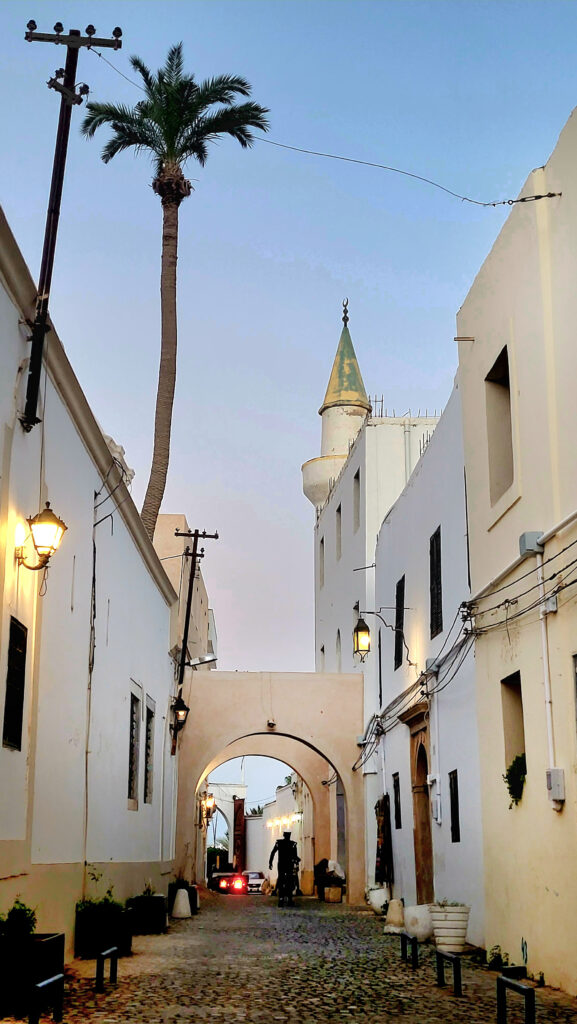 A Fascinating Tale of the First American Military Intervention
A Fascinating Tale of the First American Military Intervention
One of the more intriguing stories tied to Tripoli is the First Barbary War—the very first American military intervention abroad, which began in 1801, just 18 years after the United States was recognised as an independent state in 1783. At the time, Libyan, Algerian, and Moroccan Berbers governed three semi-independent states along North Africa’s coast, nominally under Ottoman control. These states were engaged in “protecting” merchant ships for a fee. While most nations complied with these conditions, the newly independent and proud Americans refused, prompting a military intervention with the support of a few European allies.
In 1803, the American ship Philadelphia was captured and brought to the harbour of Tripoli. Viewing this as a humiliation, the Americans launched a daring nighttime raid in 1804, led by Stephen Decatur and 83 volunteers, setting the ship ablaze. During the attack, 20 Tripolitan soldiers defending the vessel were killed.
The conflict eventually ended with the Treaty of Tripoli in 1805. The Americans withdrew from Derna, exchanged prisoners, paid an additional $60,000 in reparations, and departed the Mediterranean. Yet, one tangible reminder of this conflict remains—the mainmast of Philadelphia. It was installed in the Red Castle (Saraya al-Hamra), which still stands today as a testament to the first nation to go to war with the United States.
Listening to this captivating story as the Mediterranean twilight falls over the fortress, the experience feels almost magical.
Cultural tourism, paired with “a little sand and sea,” is expected to lead the way here—similar to Oman. And honestly, we cannot wait for that day
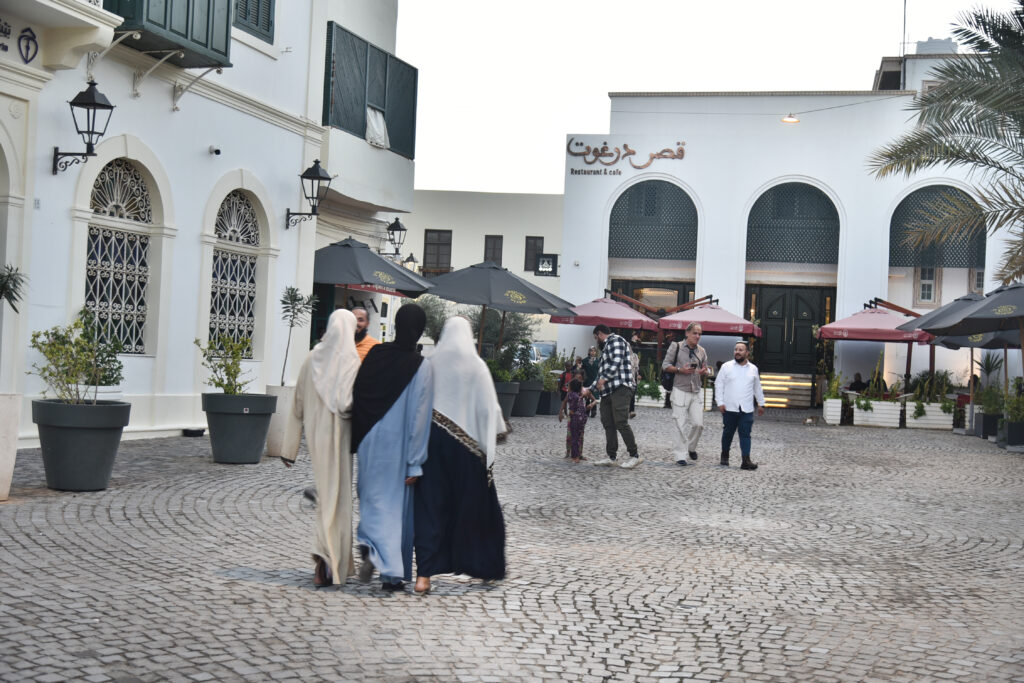 The Medina
The Medina
The central attraction of Tripoli’s Medina is the Arch of Marcus Aurelius, a unique monument providing a surprising connection between Libya and Serbia. Marcus Aurelius died in Sirmium, today’s Sremska Mitrovica in Serbia, tying the histories of our two nations. The arch is particularly unusual due to its “cap”—an octagonal dome at the top, the only one of its kind worldwide. Constructed initially no later than 165 AD, the arch was restored between 1914 and 1918. Its dating is precise because Marcus Aurelius is referred to as Armenicus (Conqueror of Armenia) on the structure, but not as Medicus or Parthicus (Conqueror of Media and Parthia), titles he earned in 166 AD.
Like in all Muslim countries and port cities, cats are everywhere. Several fantastic restaurants around the Arch of Marcus Aurelius attract tourists and cats alike. The cats roam between the tables, and we even shared food with them.
The surrounding maze of narrow streets exudes the magic of the East and the Mediterranean, intertwining seamlessly. You’ll find restaurants, small shops, souvenir stands, artisan workshops, museums, galleries, mosques, and churches. A charming Catholic church sits at the heart of the Medina, with an Orthodox church not far away. The area features traditional courtyards, similar to the patios of Spain, enclosed within palace walls to protect them from prying eyes.
The Medina strongly reminded me of Andalusia—a connection reinforced by the nearby Andalusia restaurant, one of the best in the area. It truly feels like home. And if you miss certain familiar things, locals will understand when you ask for sabun (soap) or peškir (towel).
Misrata’s Al-Aman Resort, a city within a city, showcases Libya’s potential for high-end tourism, blending modern luxury with a unique cultural experience
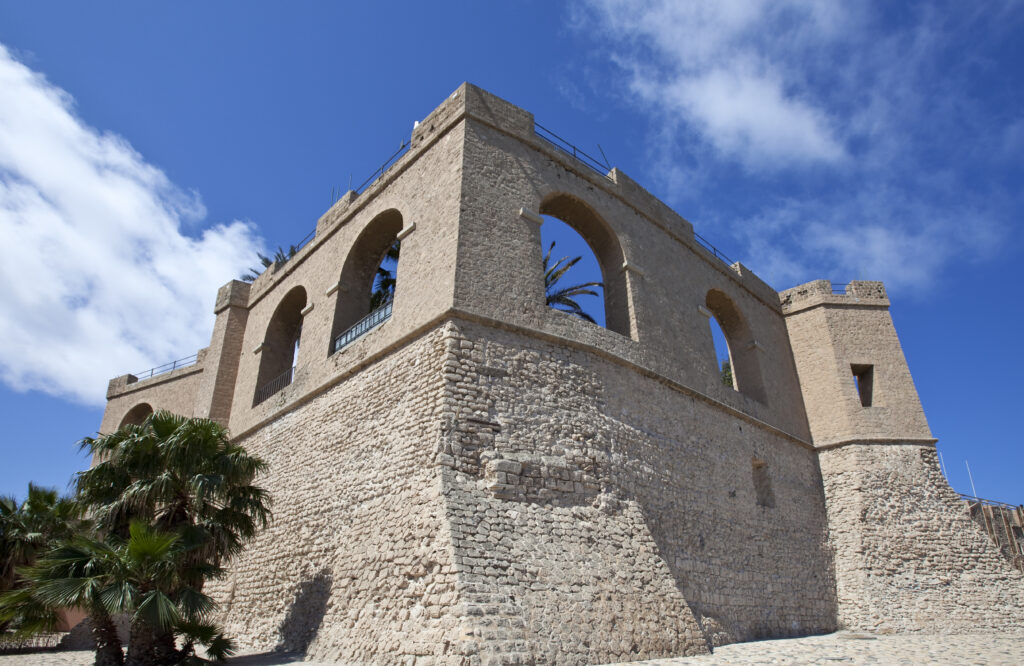
Misrata
A glimpse into the future of Libyan tourism awaits in the highly developed city of Misrata, where influences from all corners of the world blend seamlessly. The City Hall itself is a perfect example of this fusion. However, the real breath-taking moment comes as you head to the coast. Libya’s Mediterranean coastline stretches over 2,000 km, much of it sandy, with beaches ranging from secluded coves to turquoise shores, all accompanied by the quintessential “ochre on blue” landscape.
We only managed a brief visit to the newly built Al-Aman Resort near Misrata, a literal “city within a city” and one of the most modern facilities of its kind in the region. A morning swim in November demonstrated Libya’s year-round potential, but the country, with just 7 million inhabitants, seems keen to avoid the path of mass tourism like Dubai. Instead, it is likely that cultural tourism, paired with “a little sand and sea,” will take the lead—similar to Oman. And honestly, we cannot wait for that day to come.
